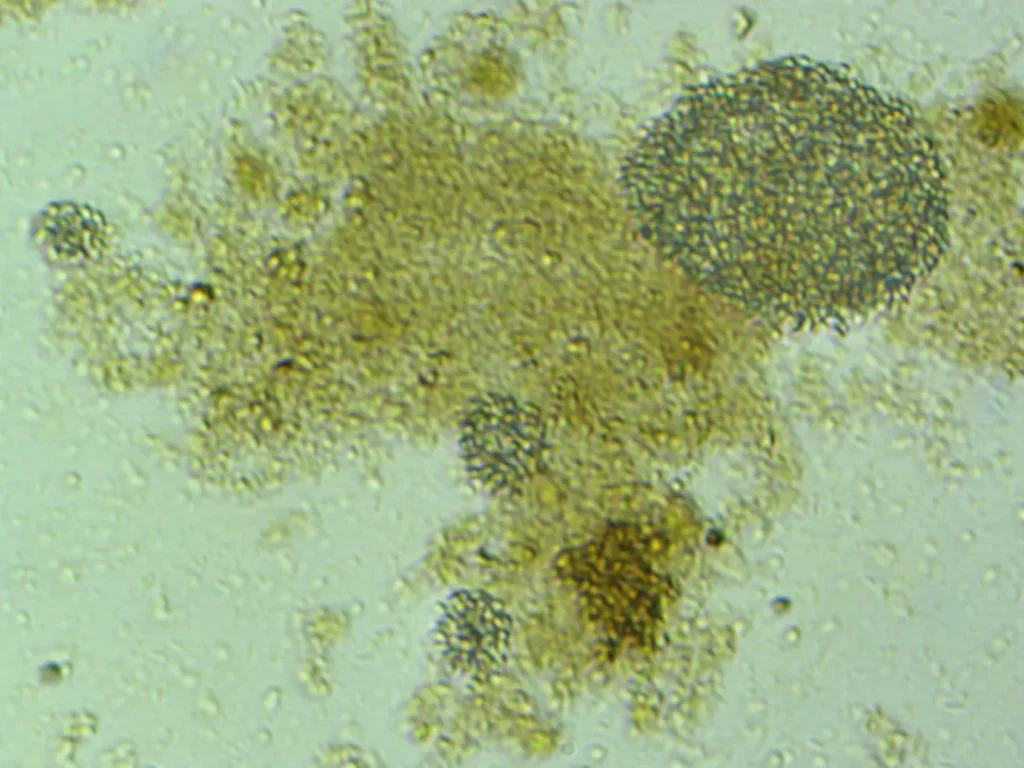Microbe diversity delivers resilience and is a principal driver of soil and plant
health
This article will address what microbe population diversity is and why it is important and will include practical and actionable strategies to increase your soil microbe population diversity.
Defining Diversity
Healthy soils should have 600 to 1,000 microbe species and populations of 1-10 billion per gram.
Diversity is much more than the number of different species; it also concerns the types of microbe life. It is more about the variety in the phylum and classes than it is about the total number of species. There are 266 Bacillus species, but if your soil had all of them but not much else, it would not be a diverse, balanced or resilient population.
Microbial Diversity Is Key
The reason plants need diversity is that it confers resiliency on the microbe community to reliability deliver plant-beneficial functions. The important plant-beneficial microbe functions that need to be ensured through microbial diversity include:
- Nitrogen fixing, cycling, and plant delivery (in L-amino acid form);
- Phosphorus solubilization;
- Chelation of potassium, calcium, magnesium, manganese, iron, copper and zinc;
- Plant hormone production (e.g., auxins, cytokinins, gibberellins, jasmonic acid);
- Plant metabolites (over 20,000 plant physiology triggering and regulating compounds);
- Soil structure aggregation for increased water infiltration rates, water holding capacity and gas exchange;
- Chemical residue degradation;
- Carbon cycling and sequestration;
- Crop residue decomposition;
- Plant immune system elicitors and support;
- Plant pathogen suppression through competition and direct predation; and,
- Plant pathogen quorum sensing suppression.

Disruptions to Diversity
A healthy soil with a diverse microbe population has dozens of different microbe species to perform each of the previously listed plant-beneficial functions. Average production soils have 5 to 10 percent of the diversity and 1/100th to 1/1,000,000th the population of a healthy soil.
Read that last line again. Soils with that much loss of diversity and population are fundamentally broken, both functionally and ecologically. When analyzing customers’ soils, we often find that even well-farmed regenerative soils lack fungal diversity after 20-plus years. The narrowing of the population diversity and reduction in population size is the result of an accumulation of adversity. It does not happen all at once but is successive in impact. Adversity that narrows microbe diversity and reduces population sizes comes from a myriad of sources, including:
- Lack of available carbon;
- Tillage;
- Salt accumulation;
- Soil solarization;
- Significant soil nutrient imbalances or absences;
- Significant nutrient availability interference — e.g., chloride or aluminum;
- Too acidic or alkaline soil;
- Anaerobic conditions caused by cementation, compaction or waterlogging;
- High-dose synthetic fertilizer applications and non-liquid salt-based fertilizers;
- Pesticides (especially systemic ones);
- Poor water quality (salts, pH, bicarbonates); and,
- Insufficient plant genus diversity in crop rotations and cover cropping.
Some microbes are very sensitive to one or more of these adversities and therefore rapidly disappear. Other microbes will be tolerant of some or most of these. As community diversity narrows, the interdependent support between the different microbes dwindles, and microbes that were previously enduring will also successively disappear. The lack of fungal diversity, even on many regenerative soils, can be attributed to fungicide-treated seeds, GMO plant varieties, and/or systemic pesticide use. These practices all disproportionately disadvantage fungi.
Plant species tend to have tight associations with a subset of 50 to 100 rhizosphere microbe species. GMO varieties appear to have associations with fewer species, thus contributing to diversity reduction. Plants can further narrow the microbe diversity by selectively supporting the same species to do their favored functions.
This narrower microbial diversity means that when a plant experiences an abiotic stressor event such as heat, drought or pests, the complement of other microbe species needed to respond may not be present and may result in significant yield loss. In fields managed to restore microbe diversity, crops exhibit little or no stress during an adverse event while adjacent untreated fields are suffering significant losses.
Healthy Soils and Biological Balance
You can tell a healthy, living soil by its rich, earthy smell. When you dig into a soil and it lacks this smell, it is a sign that the soil biology is significantly impaired. The earthy smell is volatile organic compounds that microbes use to communicate between themselves and plants, between different microbe species, and within species.
Support authors and subscribe to content
This is premium stuff. Subscribe to read the entire article.















